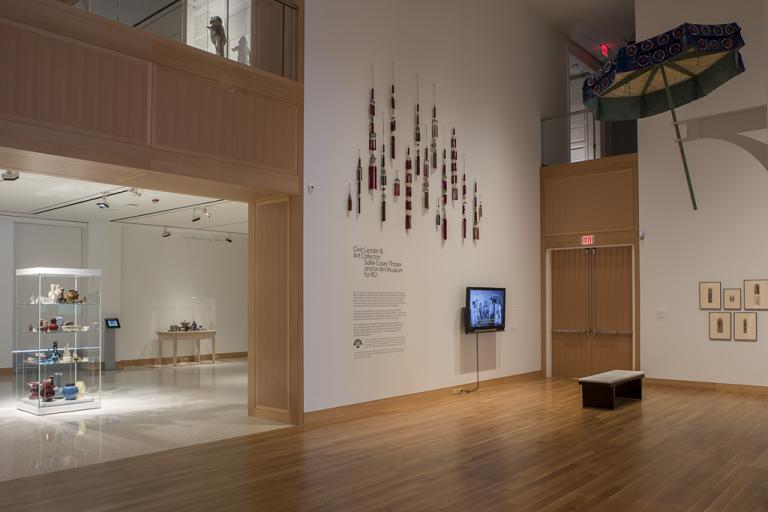William Roach: Nantucket Whaler, unknown maker from the United States
Artwork Overview
William Roach: Nantucket Whaler
, 1833
Where object was made: United States
Material/technique: oil; canvas
Dimensions:
Canvas/Support (Height x Width x Depth): 29.2 x 59.1 cm
Canvas/Support (Height x Width x Depth): 11 1/2 x 23 1/4 in
Canvas/Support (Height x Width x Depth): 29.2 x 59.1 cm
Canvas/Support (Height x Width x Depth): 11 1/2 x 23 1/4 in
Credit line: William Bridges Thayer Memorial
Accession number: 1928.4110
On display: Simons Gallery
If you wish to reproduce this image, please submit an image request




